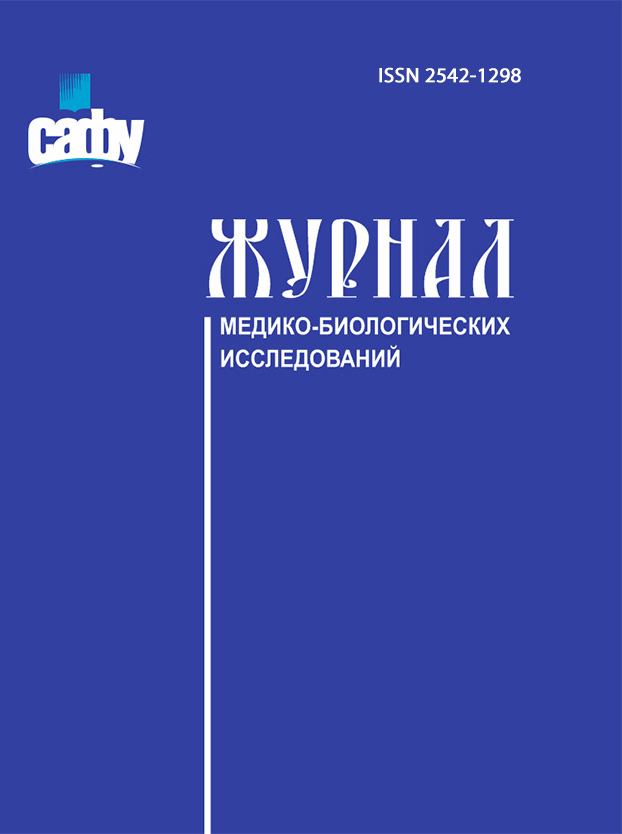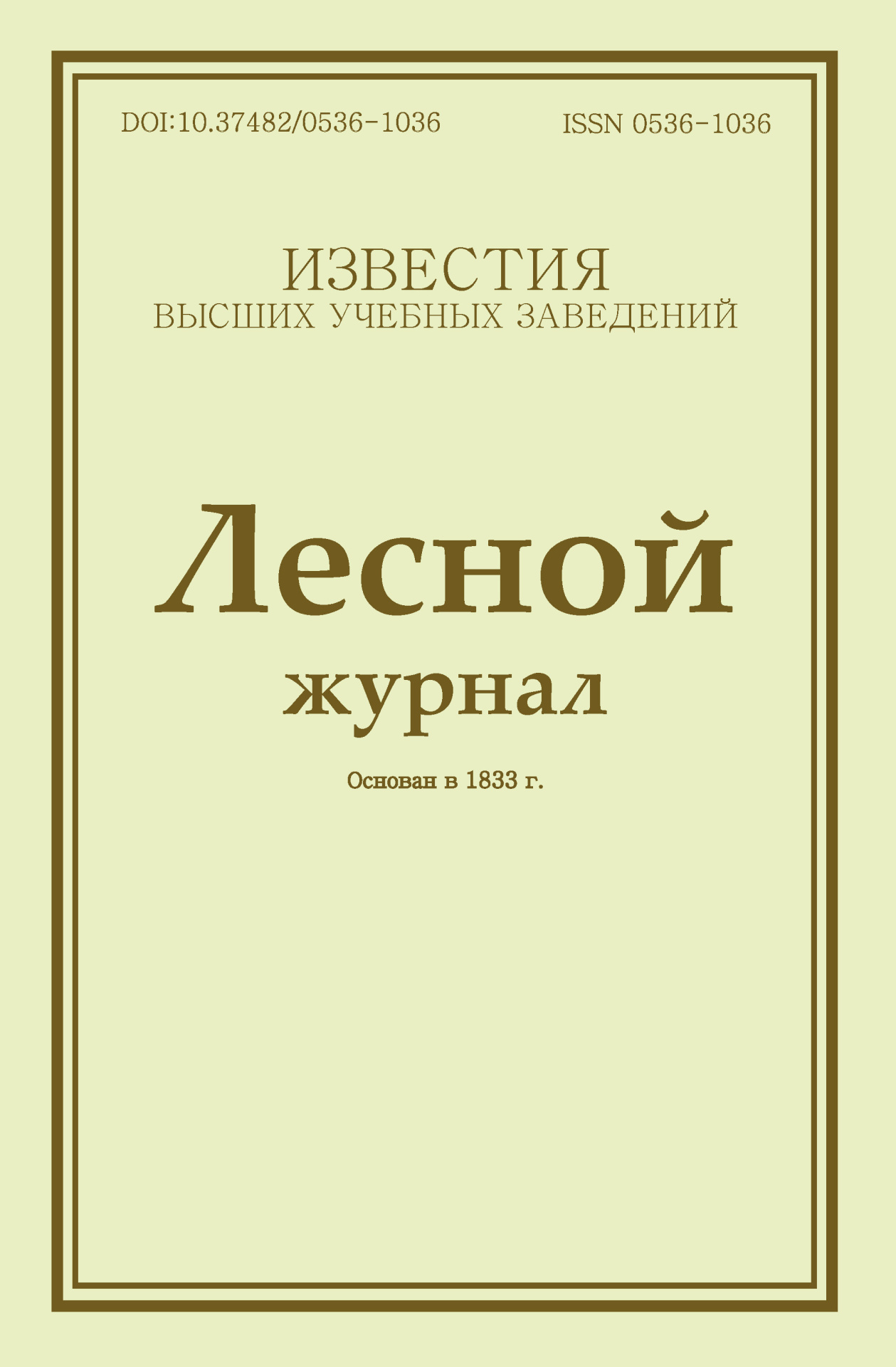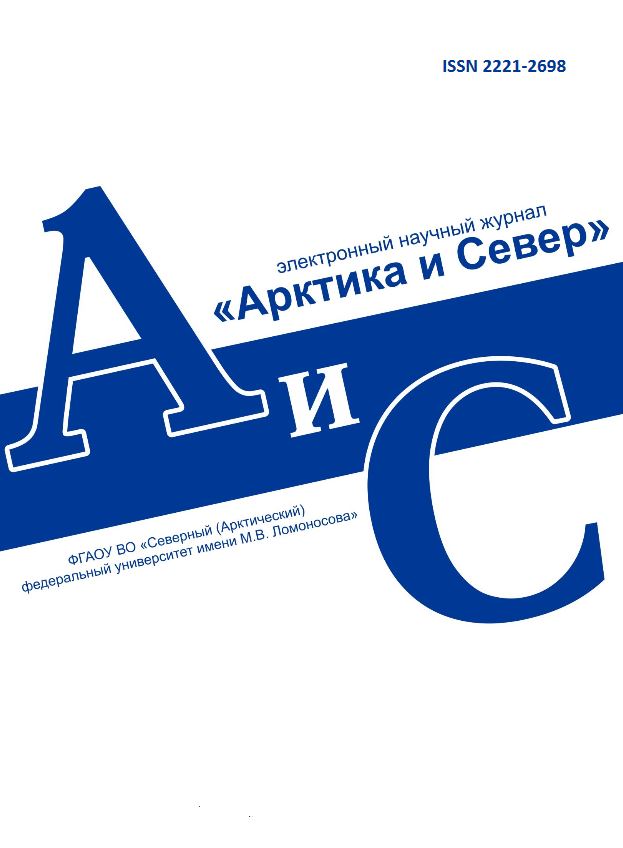
Vestnik of Northern (Arctic) Federal University.
Series "Humanitarian and Social Sciences"
ISSN 2227-6564 e-ISSN 2687-1505 DOI:10.37482/2687-1505
Legal and postal addresses of the founder and publisher: Northern (Arctic) Federal University named after M.V. Lomonosov, Naberezhnaya Severnoy Dviny, 17, Arkhangelsk, 163002, Russian Federation Editorial office address: Vestnik of Northern (Arctic) Federal University. Series "Humanitarian and Social Sciences", 56 ul. Uritskogo, Arkhangelsk
Phone: (8182) 21-61-20, ext. 18-20 ABOUT JOURNAL |
Section: Philology Download (pdf, 2.5MB )UDC81.411AuthorsMoreva Anastasiya NikolaevnaPostgraduate Student, Minin Nizhny Novgorod State Pedagogical University (Nizhny Novgorod, Russia) e-mail: linguanastya@yandex.ru AbstractThe paper analyzes the methods of introducing and presenting a retelling in the genre of mass reader-oriented literary review. Examples are taken from the periodical Literaturnaya gazeta, aimed at the general reader that at the same time is seen as well-educated. As part of the strategy of “immersion in the text” the paper dwells on some methods of introducing and unfolding a retelling. The former ones apply standard language means on the lexical and grammatical levels. Among the lexical ones, there are found demonstrative pronouns and particles, verbs with the pragmatic meaning of “turning to the text” or “starting the rendering”, which indicate the introduction of retelling. At the grammatical level, we find complex sentences with object clauses, verbs with imperative meaning in the form of the first person plural, and interrogative constructions. To analyze the methods of unfolding a retelling, we introduce the concepts of “uncomplicated” (objective) and “complicated” retelling, which is subjectified information about the content of the reviewed work. The author argues that subjectification is a typical feature of retelling in a review text since the inclusion of evaluative information into the factual one forms a certain image of the work in the reader’s mind, intended by the critic. This article describes the most frequent communicative techniques used to achieve “immersion in the text”: direct evaluation, recognition, defamiliarization, non-retelling, and demonstration of intertextuality. This communicative strategy, allowing the author to introduce conceptual information under the pretence of factual one, is believed to have great manipulative potential. Keywordscommunicative strategy, communicative method, literary reviewReferences
|
Make a Submission
INDEXED IN:
|
Продолжая просмотр сайта, я соглашаюсь с использованием файлов cookie владельцем сайта в соответствии с Политикой в отношении файлов cookie, в том числе на передачу данных, указанных в Политике, третьим лицам (статистическим службам сети Интернет).






